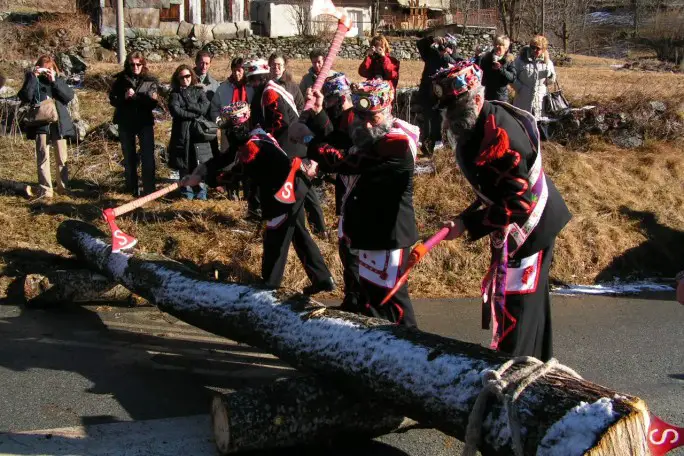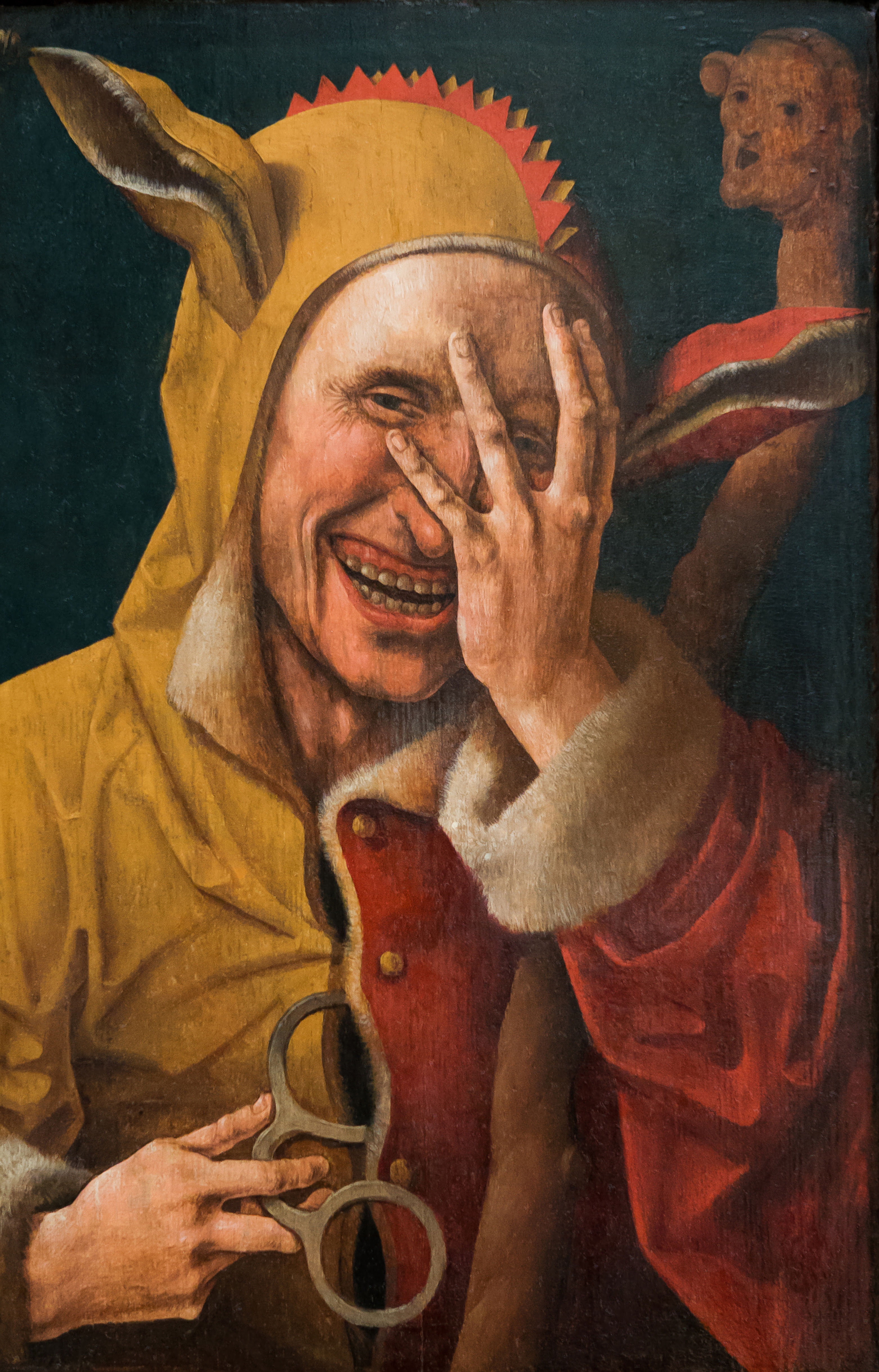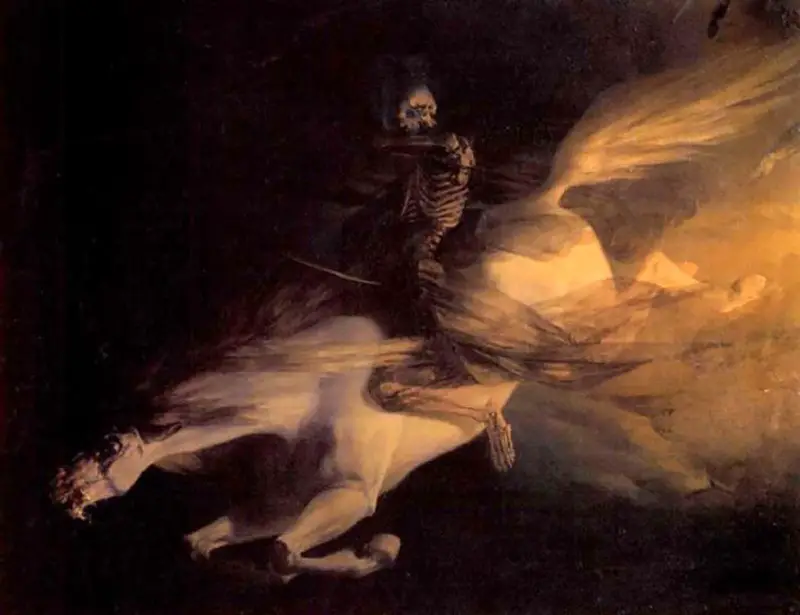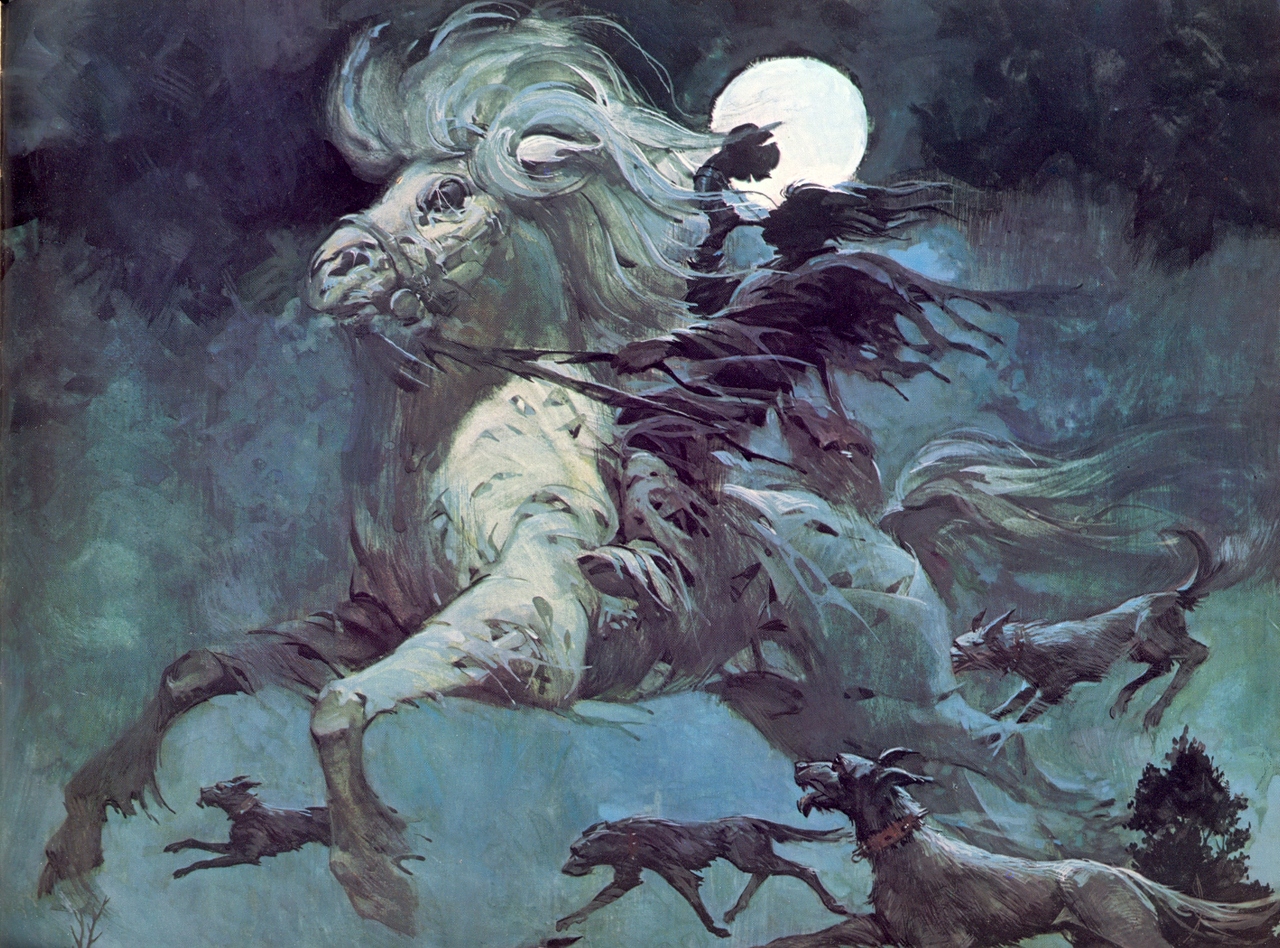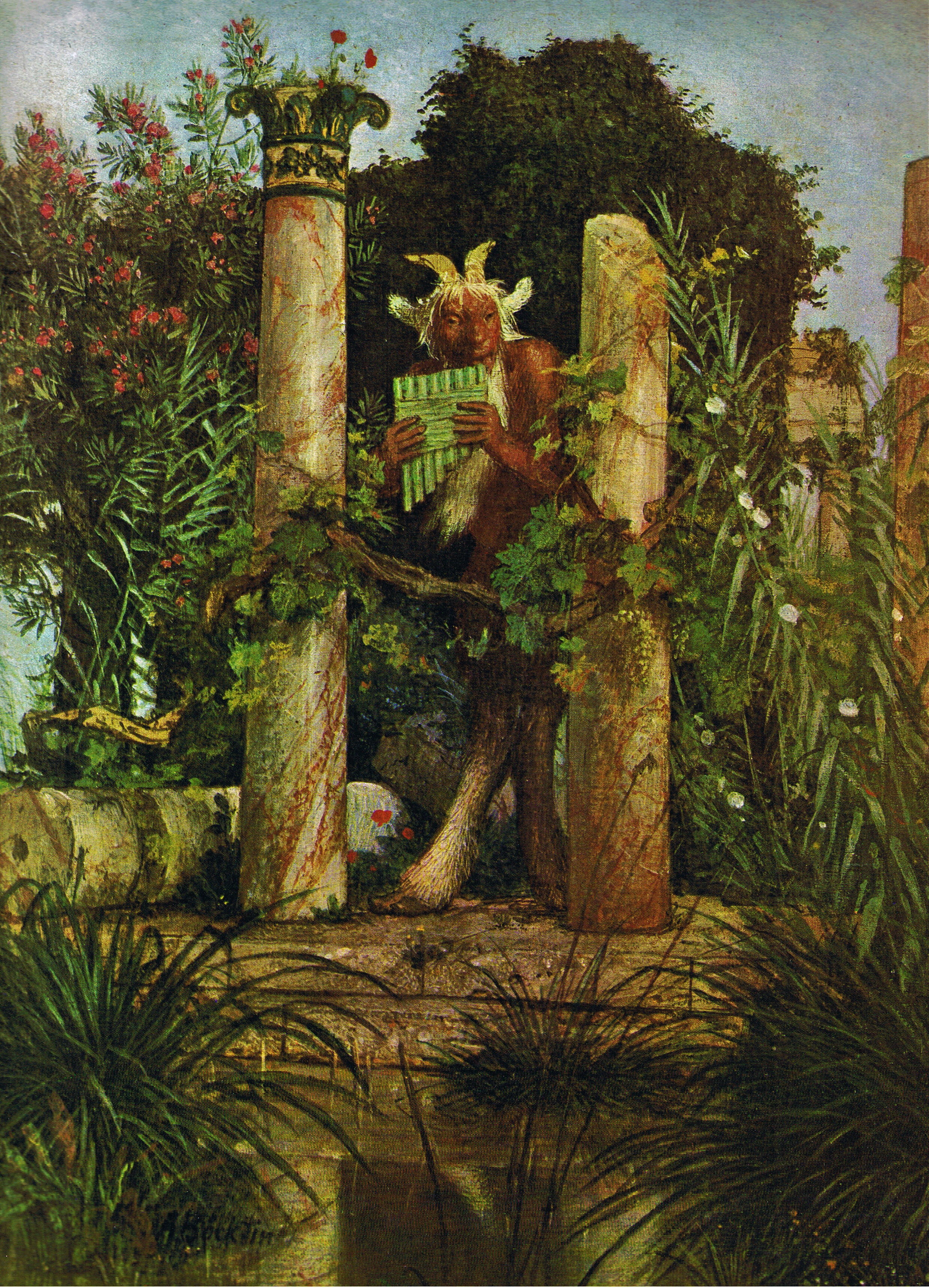Tag: Harlequin
Fools, shamans, goblins: liminality, otherness and ritual inversion
The peripheral location of the Folle / Buffone / Jester of the medieval era links him, as well as to the archaic Shaman, to other liminal characters of myth and folklore, such as the Wild Man, Harlequin, the Genius Cuckold and more generally to all that category of feral entities connected on the one hand to the demons of vegetation and on the other to the functional sphere of dreams and death. With regard to the rite, the Folle is to be seen connected to the so-called "ritual inversion" that was carried out during the Roman Saturnalia and during all those collective walking rituals of the Charivari type from which the "Feste dei Folli" were born in the Middle Ages. and the modern Carnival.
Hellequin's Masnada: from Wotan to King Arthur, from Herla to Harlequin
Second and last part of the overview dedicated to the "mirabilia" in the medieval West, to the mythology of"Army of the dead" and the "Wild Hunt"
The "Ghost Riders", the "Chasse-Galerie" and the myth of the Wild Hunt
(image: Henri Lievens, "Wild Hunt")
«Un old cowboy went out on horseback on a dreary windy day / rested on a ridge as he went for his road». Thus begins one of the most beautiful and famous country songs of all time: (Ghost) Riders in the Sky: A Cowboy Legend.
From Pan to the Devil: the 'demonization' and the removal of ancient European cults
di Marco Maculotti
cover: Arnold Böcklin, “Pan, the Syrinx-Blowing”, 1827
We have previously had the opportunity to see that, in the first centuries of our era and even during the medieval era, the cd. "Rural paganism" it kept its diffusion unchanged, especially in the areas further away from the large inhabited centers. St. Maximus noted that "in the fourth century (...) the first missionaries passed from city to city and rapidly spread the Gospel over a very large area, but they did not even touch the surrounding countryside", Then adding that" even in the fifth and sixth centuries, when most of them had long since been converted, in Gaul and Spain the Church, as shown by the repeated canons of the councils of the time, encountered great difficulty in suppressing the ancient rites with which peasants from time immemorial averted plagues e they increased the fertility of the flocks and fields"[AA Barb, cit. in Centini, p.101].

